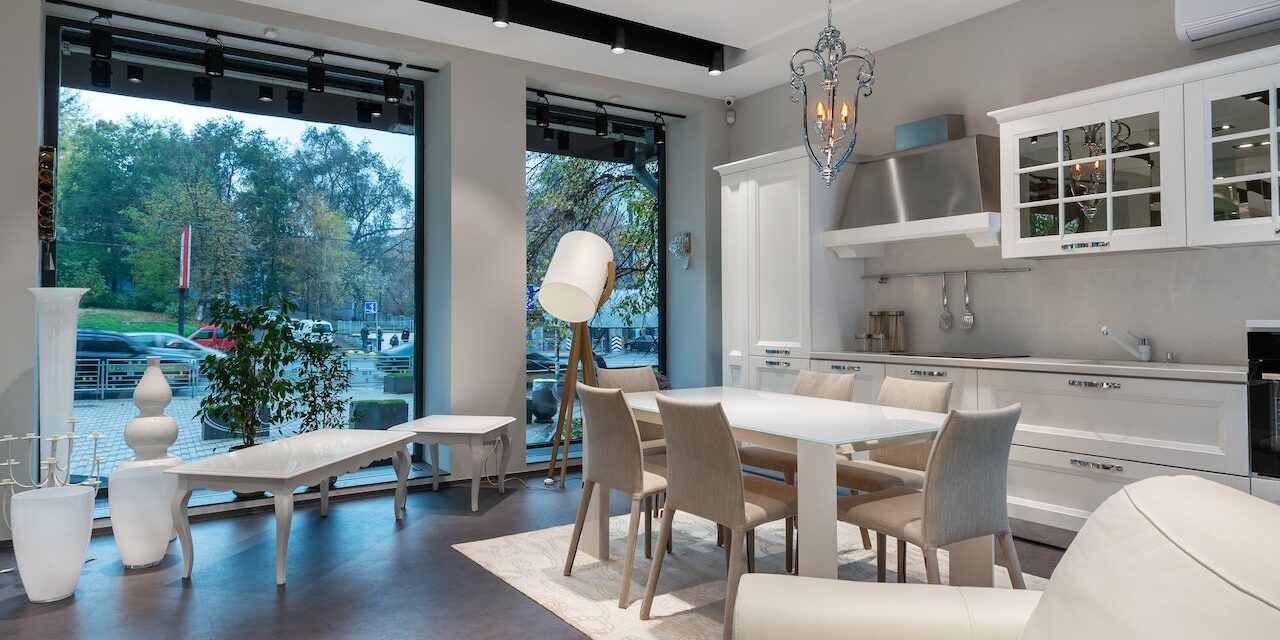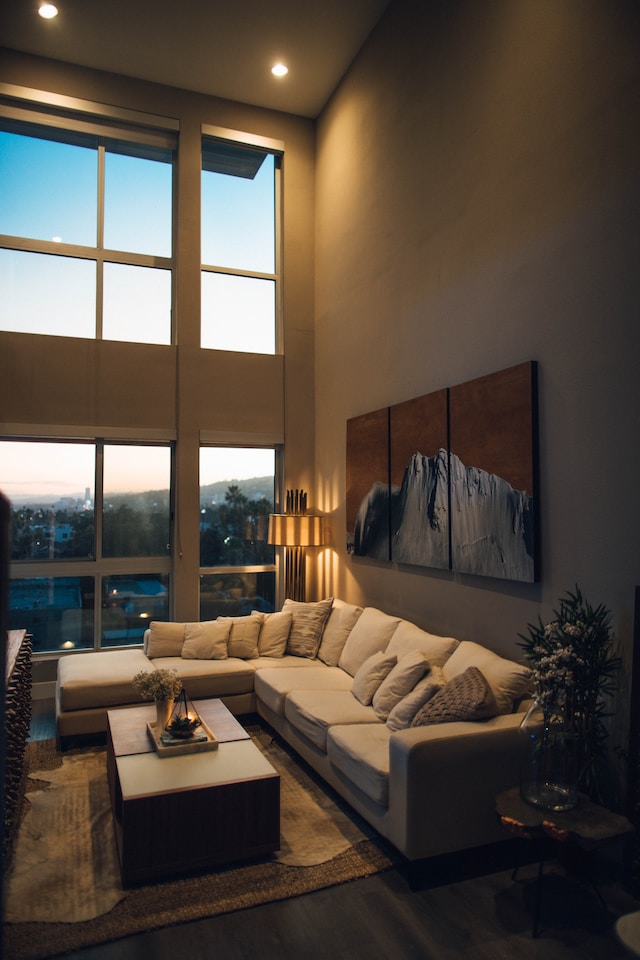
The Confluence of Luxury and Sustainability: A Paradigm Shift in Interior Design

In a world where the conversation around environmental conservation is reaching a crescendo, industries across the spectrum are aligning their practices to a more sustainable future. A fascinating transition is occurring within the realm of luxury interior design. Sustainability, an aspect traditionally outside the purview of opulence and luxury, has begun redefining these concepts’ very contours.
Furthermore, with the advancement of modern technology, we are witnessing a remarkable rise in personalized products that amplify the overall aesthetic of any space. Firms like Teakisle.com are strategically blending cutting-edge sustainable innovation with masterful craftsmanship to curate designs that are truly unparalleled and transformative in their appeal.
This shift where sustainable practices and eco-friendly materials are gaining the foreground is reshaping the trajectory of luxury interior design. This profound change enriches luxury rather than erodes it, infusing it with a vibrant new dimension.
The advent of sustainable materials in luxury design
The materials breathing new life into high-end interior design are at the core of this intersection of luxury and sustainability. There was a time when exotic woods like mahogany and oak were synonymous with luxury, their grandeur gracing magnificent establishments.
However, these are being replaced by eco-friendly alternatives like bamboo, cork and reclaimed wood in the current landscape. These materials, once considered lacking in luxury appeal, are today the preferred choices of many eminent designers.
Their innate beauty, robustness and environmentally-friendly production processes bestow a distinctive luxury appeal to high-end homes and commercial spaces.
Bio-based materials: Redefining opulence
Alongside this shift, bio-based materials have begun to weave their narrative within luxury interior design. Organic materials like wool, cotton and jute, hailed for their renewable and biodegradable properties, are making their way into the luxurious tapestry of interior design.
For example, organic cotton, renowned for its plushness and longevity, has been widely applied in luxury bedding and upholstery. These materials capture the imagination of designers, allowing them to create breathtaking designs that stand testament to luxury while being in harmony with nature.
From waste to wealth: Luxury design’s revolutionary path
One of the most compelling aspects of the shift towards sustainable luxury design is the innovative use of previously discarded or considered waste materials. Luxury design now gives these materials a new lease of life, turning the discarded into desirable, high-end products.
Pioneering this trend are firms that have carved a niche for themselves by transforming waste materials into luxurious pieces of furniture. Their work exemplifies that it’s possible to create designs that are not only steeped in luxury but also reflect everyone’s collective responsibility towards the environment.
‘Slow design’: A renaissance in luxury interior design
The influence of sustainable practices extends beyond just the choice of materials. It permeates the design and manufacturing processes, giving rise to the concept of ‘slow design.’ This philosophy champions a measured, deliberate creation process, emphasizing quality over quantity and valuing longevity over the disposable nature of fast fashion.
This trend is heralding a new era for luxury interior design. The value of a piece of design isn’t just in its outward aesthetics but also in its backstory, the thought that went into its creation and the impact of its production on the environment.
Local sourcing and production: A commitment to sustainability
The industry’s commitment to sustainability doesn’t stop at design and production. It extends to the less glamorous but equally important area of shipping and logistics.
With an increasing cognition of the environmental impact of transportation, many design companies are choosing local sourcing and production. By reducing their carbon footprint, they say that luxury today is not just about extravagance but responsible and sustainable practices.
New marketing narratives: Emphasizing sustainability
As consumer consciousness grows, the marketing narrative around luxury interior design is also evolving. Luxury interior design is no longer sold as an indicator of wealth and affluence. Instead, it’s being marketed as a symbol of sustainability, responsible choices and an expression of a sophisticated aesthetic that does not compromise the planet’s health.
Showcasing the eco-credentials of products and services is increasingly becoming a part of the industry’s marketing strategy, emphasizing their commitment to sustainability.
The circular economy and luxury design
Another critical dimension that is coming into focus is the circular economy concept. This economic system, aimed at minimizing waste and making the most of resources, is being incorporated into the practice of luxury design. Companies are designing products that extend beyond their initial use. They can be disassembled and their materials recycled or composted, reducing waste.
Further, luxury design is also focusing on creating durable and repairable products. By offering repair services or creating items with easily replaceable parts, companies are enhancing the longevity of their creations, again aligning with the principles of the circular economy.
Final note: The future of luxury interior design
In summary, sustainability has emerged as an integral part of luxury. Eco-friendly materials and sustainable practices are not just influencing luxury; they are altering its definition.
In this transformed landscape, luxury doesn’t stand opposed to environmental responsibility. Instead, they exist in harmony, with the gratification of opulence blended seamlessly with a commitment to the planet.
Feature Photo by Max Rahubovskiy














![How do you combine Sustainability, Health and the Hotel Industry, Dr. Andreas Färber? [INTERVIEW]](https://luxebeatmag.com/wp-content/uploads/2024/08/1920_klosterhof-team-dr-andreas-farber-im-beratungsgesprach-440x264.jpg)





















